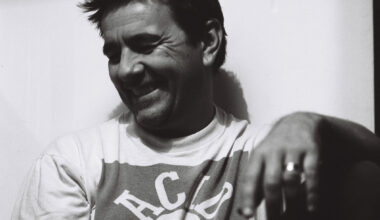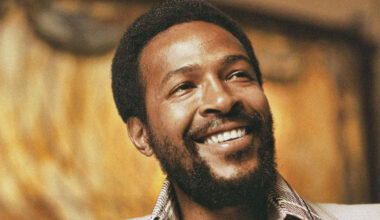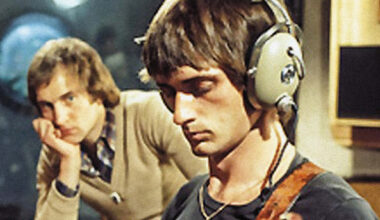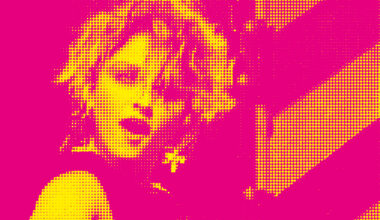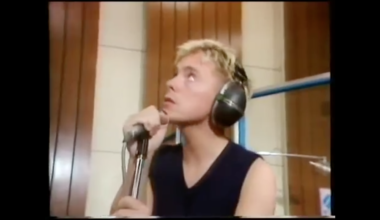We’re setting the dials for 1972 and the futuristic multimedia explosion of Hawkwind’s Space Ritual tour
Want to read more?
Sign up to Electronic Sound Premium to gain access to every post, video, special offers, and more. 100%, all you can eat, no commitment, cancel any time.
Already a premium member? Log in here

